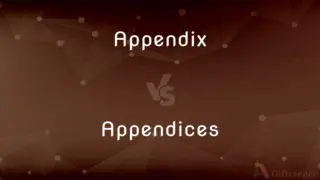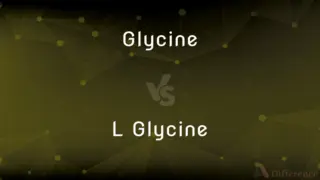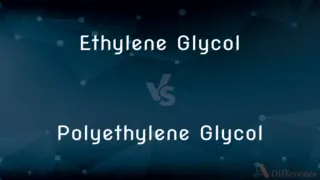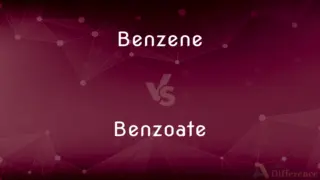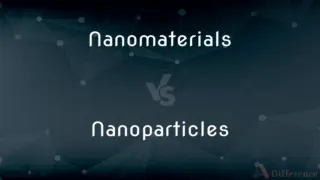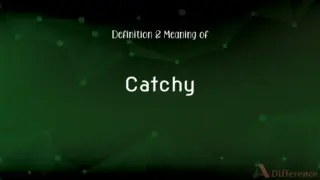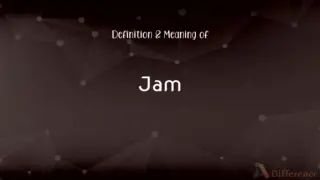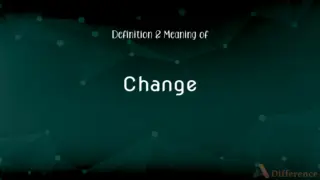TNT vs. Dynamite — What's the Difference?
By Tayyaba Rehman — Updated on October 27, 2023
TNT is a yellow crystalline compound used as an explosive, while Dynamite is an explosive made from nitroglycerin absorbed into an inert material, often with TNT.
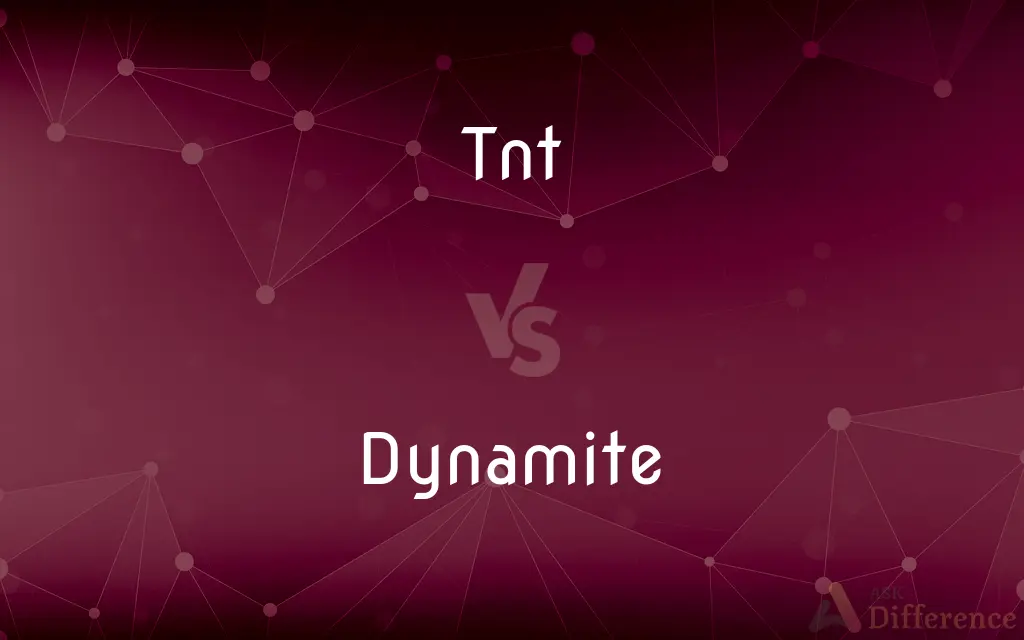
Difference Between TNT and Dynamite
Table of Contents
ADVERTISEMENT
Key Differences
TNT, or trinitrotoluene, is a chemical compound that was originally used as a yellow dye but became renowned for its explosive properties. In contrast, Dynamite is an explosive device that often contains nitroglycerin absorbed into an inert material, sometimes combined with TNT for added potency.
As a standalone compound, TNT is less sensitive to shock and friction, making it relatively safer to handle than many other explosives. Dynamite, on the other hand, was invented by Alfred Nobel as a safer alternative to liquid nitroglycerin, which is extremely sensitive and unstable.
Historically, TNT has found various applications, from mining to military usage, especially during the world wars. Dynamite, because of its robust explosive power, became the explosive of choice for construction and demolition purposes.
One notable distinction between TNT and Dynamite is their physical form. While TNT is a crystalline compound, Dynamite is typically sold in the form of cylindrical sticks wrapped in paper.
Another key difference lies in their compositions. TNT is a singular chemical compound, whereas Dynamite is a mixture of several components, with nitroglycerin being its primary explosive ingredient, often stabilized with other materials.
ADVERTISEMENT
Comparison Chart
Primary Use
Military explosives, mining
Construction, demolition
Sensitivity
Less sensitive to shock and friction
More sensitive than TNT alone
Invention
Derived from toluene
Invented by Alfred Nobel
Physical Form
Crystalline compound
Cylindrical sticks wrapped in paper
Composition
Singular chemical compound (trinitrotoluene)
Mixture with nitroglycerin as primary ingredient
Compare with Definitions
Tnt
TNT is an acronym for trinitrotoluene.
TNT was once used as a dye before its explosive properties were recognized.
Dynamite
Dynamite often contains stabilizing agents.
To reduce the risk of accidental detonation, Dynamite is formulated with stabilizers.
Tnt
TNT is renowned for its explosive properties.
Many mines used TNT for blasting operations.
Dynamite
Dynamite is an explosive containing nitroglycerin.
Alfred Nobel invented Dynamite as a safer way to handle nitroglycerin.
Tnt
TNT is a yellow, crystalline compound.
The lab synthesized a small amount of TNT for experimental purposes.
Dynamite
Dynamite is typically sold in stick form.
The worker used a stick of Dynamite for the controlled explosion.
Tnt
TNT is less sensitive than some other explosives.
Handling TNT requires caution, but it is less volatile than pure nitroglycerin.
Dynamite
Dynamite has robust explosive power.
Dynamite was essential in the construction of many tunnels and railways.
Tnt
TNT has military and industrial applications.
During the wars, TNT was one of the primary explosives used by the military.
Dynamite
Dynamite revolutionized construction and demolition.
Before Dynamite, large-scale construction projects took significantly longer to complete.
Tnt
A yellow crystalline aromatic compound, C7H5N3O6, used mainly as a high explosive.
Dynamite
Dynamite is an explosive made of nitroglycerin, sorbents (such as powdered shells or clay) and stabilizers. It was invented by the Swedish chemist and engineer Alfred Nobel in Geesthacht, Northern Germany and patented in 1867.
Tnt
Explosive consisting of a yellow crystalline compound that is a flammable toxic derivative of toluene
Dynamite
A high explosive consisting of nitroglycerine mixed with an absorbent material and typically moulded into sticks.
Dynamite
Blow up (something) with dynamite
He threatened to dynamite a major hydroelectric dam
Dynamite
Any of a class of powerful explosives composed of nitroglycerin or ammonium nitrate dispersed in an absorbent medium with a combustible dope, such as wood pulp, and an antacid, such as calcium carbonate, used in blasting and mining.
Dynamite
Something exceptionally exciting or wonderful.
Dynamite
Something exceptionally dangerous
These allegations are political dynamite.
Dynamite
To blow up, shatter, or otherwise destroy with dynamite.
Dynamite
Outstanding; superb
A dynamite performance.
A dynamite outfit.
Dynamite
A class of explosives made from nitroglycerine in an absorbent medium such as kieselguhr, used in mining and blasting; invented by Alfred Nobel in 1867.
Dynamite
A stick of trinitrotoluene (TNT).
Dynamite
Anything exceptionally dangerous, exciting or wonderful.
Dynamite
To blow up with dynamite or other high explosive.
Dynamite
(metaphorically) To dismantle or destroy.
Dynamite
An explosive substance consisting of nitroglycerin absorbed by some inert, porous solid, as infusorial earth, sawdust, etc. It is safer than nitroglycerin, being less liable to explosion from moderate shocks, or from spontaneous decomposition.
Dynamite
An explosive containing nitrate sensitized with nitroglycerin absorbed on wood pulp
Dynamite
Blow up with dynamite;
The rock was dynamited
Common Curiosities
What does TNT stand for?
TNT stands for trinitrotoluene.
Which is more sensitive to shock, TNT or Dynamite?
Dynamite, especially due to its nitroglycerin content, is generally more sensitive than TNT alone.
Is TNT used in Dynamite?
Yes, TNT can be used in Dynamite to enhance its explosive properties.
Who invented Dynamite?
Alfred Nobel invented Dynamite.
Why was Dynamite invented?
Dynamite was invented as a safer alternative to liquid nitroglycerin.
Was TNT always known as an explosive?
No, TNT was initially used as a yellow dye before its explosive properties were discovered.
How do the explosive powers of TNT and Dynamite compare?
While both are powerful explosives, Dynamite, with its nitroglycerin content, can offer more explosive power than TNT alone.
Is Dynamite still used today?
Yes, but with advancements in technology, other explosives are often preferred for many applications.
Can TNT be used alone as an explosive?
Yes, TNT can be used alone and has been used in various military and industrial applications.
What is the physical form of Dynamite?
Dynamite typically comes in the form of cylindrical sticks wrapped in paper.
What industries primarily used Dynamite?
Construction, mining, and demolition industries have prominently used Dynamite.
Why is TNT less sensitive than other explosives?
Its chemical structure makes it less prone to detonation from shock or friction compared to compounds like nitroglycerin.
Is TNT considered more stable than Dynamite?
Yes, as a singular compound, TNT is generally considered more stable than Dynamite.
How does Dynamite detonate?
A blasting cap or another initiator is typically used to detonate Dynamite.
Can you transport Dynamite safely?
With the proper precautions and regulations, Dynamite can be transported, but it requires care due to its sensitivity.
Share Your Discovery
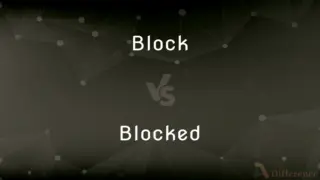
Previous Comparison
Block vs. Blocked
Next Comparison
Apple vs. GuavaAuthor Spotlight
Written by
Tayyaba RehmanTayyaba Rehman is a distinguished writer, currently serving as a primary contributor to askdifference.com. As a researcher in semantics and etymology, Tayyaba's passion for the complexity of languages and their distinctions has found a perfect home on the platform. Tayyaba delves into the intricacies of language, distinguishing between commonly confused words and phrases, thereby providing clarity for readers worldwide.










